#mediaeval architecture
Explore tagged Tumblr posts
Text

Gloucestershire
#Arlington Row#Cotswolds#Gloucestershire#English villages#rustic#stone cottages#Middle Ages#mediaeval architecture#14th century#summertime#picturesque#rural britain#UK
20 notes
·
View notes
Text
youtube
A big thank you to everyone who attended my first live and in person science talk of 2025! It was a pleasure sharing insights on the plant immune system combined with practical eco-friendly pest control tips at the historic Church of Saint Peter and Saint Paul's in the village of Broadwell near Lechlade. My gratitude to Anne and Phil Taylor, Annabel Molyneaux, and the rest of the support team who took care of the excellent AV set up and delicious afternoon tea. More talks are in development for this year!
PS. I'm aware of the irony of having a science lecture in a church!
Music by Derek and Brandon Fiechter #science #sciencecommunication #publicspeaking #sciencetalk #plantscience #plantpathology #plantbiology #botany #plantimmunesystem #localevents #community #scicomm #plants #biology #plantbiology #historicbuilding #cotswoldschurch #mediaeval
#science#science communication#science communicator#public science lecture#plant science#plant pathology#plant biology#plants#katia plant scientist#plant scientist#biology#public speaking#science talk#cotswolds#church#mediaeval architecture#Youtube
6 notes
·
View notes
Text
A perennial garden in Dorset feels so quintessentially English.

Dorset
#Dorset#parish church#spring flowers#rural britain#tulips#springtime#wicker fence#mediaeval architecture#Gothic
168 notes
·
View notes
Text

An Archway with a View of a Medieval Castle by Wilhelm Steuerwaldt
#wilhelm steuerwaldt#art#archway#castle#castles#medieval#middle ages#architecture#mediaeval#europe#european#landscape#arch#german#germany
2K notes
·
View notes
Text
Fantasy Guide to Interiors
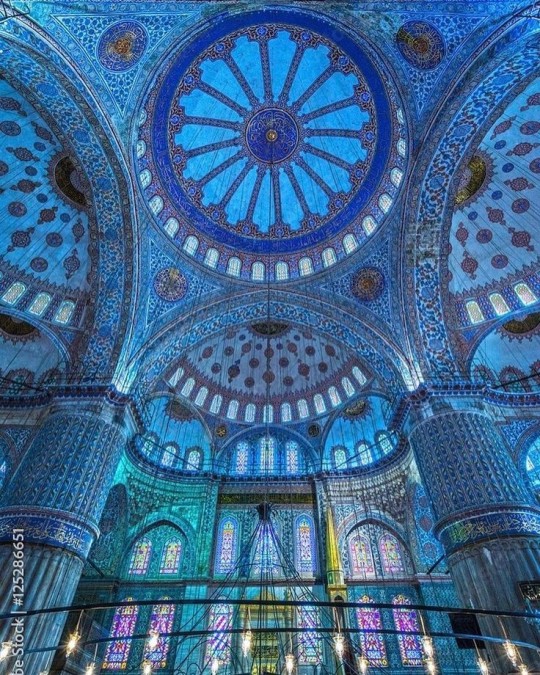
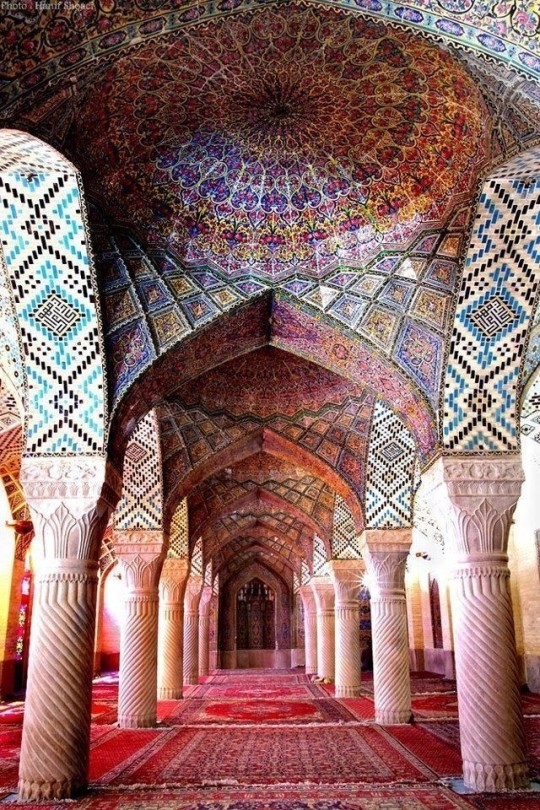
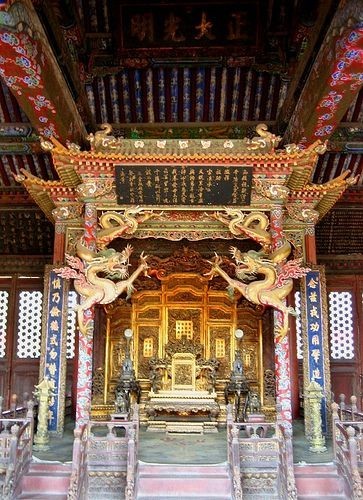
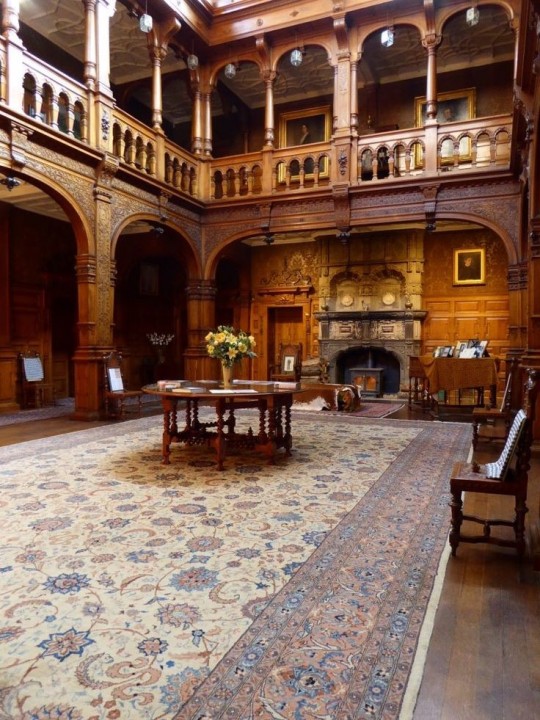
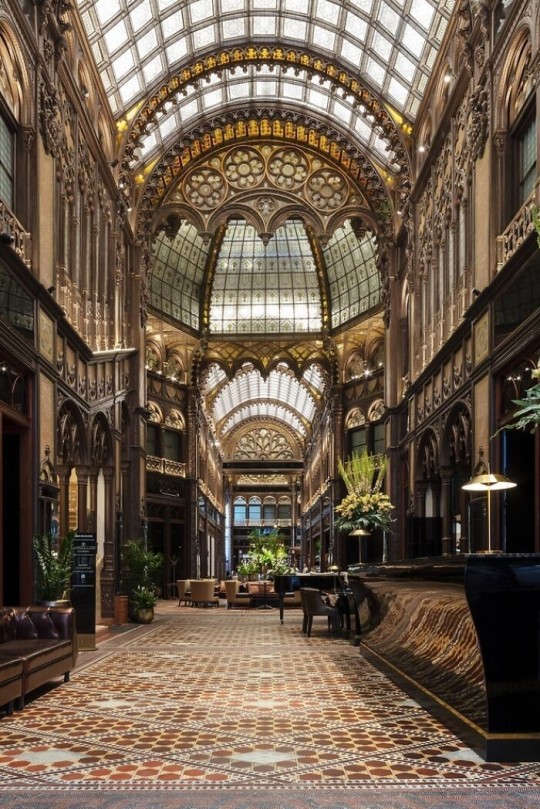
As a followup to the very popular post on architecture, I decided to add onto it by exploring the interior of each movement and the different design techniques and tastes of each era. This post at be helpful for historical fiction, fantasy or just a long read when you're bored.
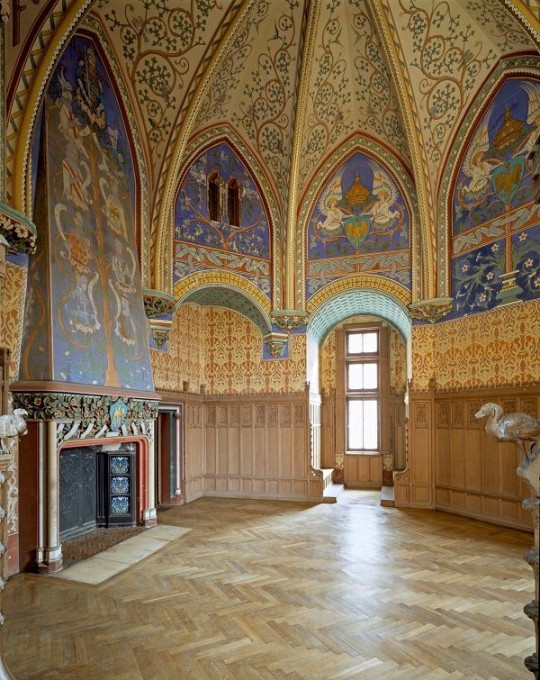
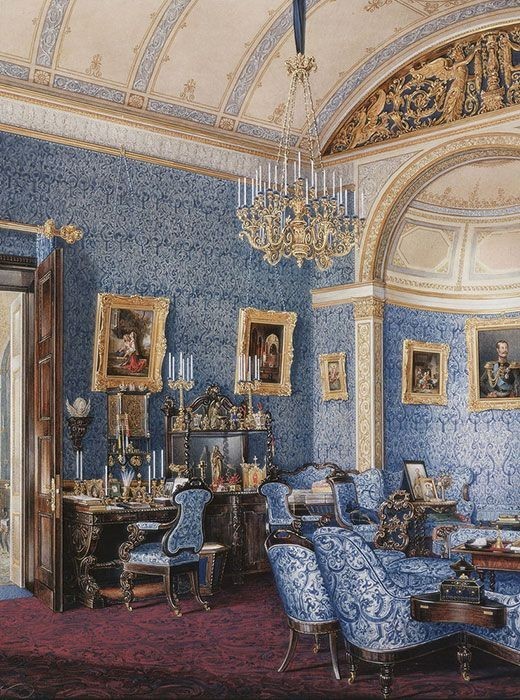
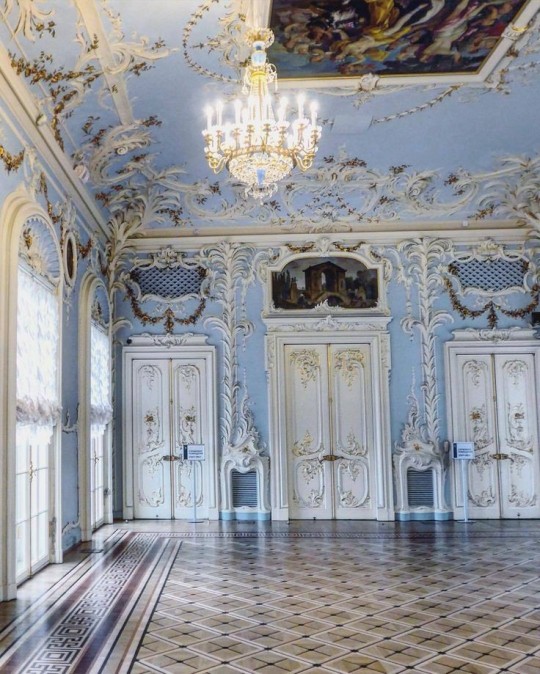
Interior Design Terms
Reeding and fluting: Fluting is a technique that consists a continuous pattern of concave grooves in a flat surface across a surface. Reeding is it's opposite.
Embossing: stamping, carving or moulding a symbol to make it stand out on a surface.
Paneling: Panels of carved wood or fabric a fixed to a wall in a continuous pattern.
Gilding: the use of gold to highlight features.
Glazed Tile: Ceramic or porcelain tiles coated with liquid coloured glass or enamel.
Column: A column is a pillar of stone or wood built to support a ceiling. We will see more of columns later on.
Bay Window: The Bay Window is a window projecting outward from a building.
Frescos: A design element of painting images upon wet plaster.
Mosaic: Mosaics are a design element that involves using pieces of coloured glass and fitted them together upon the floor or wall to form images.
Mouldings: ornate strips of carved wood along the top of a wall.
Wainscoting: paneling along the lower portion of a wall.
Chinoiserie: A European take on East Asian art. Usually seen in wallpaper.
Clerestory: A series of eye-level windows.
Sconces: A light fixture supported on a wall.
Niche: A sunken area within a wall.
Monochromatic: Focusing on a single colour within a scheme.
Ceiling rose: A moulding fashioned on the ceiling in the shape of a rose usually supporting a light fixture.
Baluster: the vertical bars of a railing.
Façade: front portion of a building
Lintel: Top of a door or window.
Portico: a covered structure over a door supported by columns
Eaves: the part of the roof overhanging from the building
Skirting: border around lower length of a wall
Ancient Greece
Houses were made of either sun-dried clay bricks or stone which were painted when they dried. Ground floors were decorated with coloured stones and tiles called Mosaics. Upper level floors were made from wood. Homes were furnished with tapestries and furniture, and in grand homes statues and grand altars would be found. Furniture was very skillfully crafted in Ancient Greece, much attention was paid to the carving and decoration of such things. Of course, Ancient Greece is ancient so I won't be going through all the movements but I will talk a little about columns.
Doric: Doric is the oldest of the orders and some argue it is the simplest. The columns of this style are set close together, without bases and carved with concave curves called flutes. The capitals (the top of the column) are plain often built with a curve at the base called an echinus and are topped by a square at the apex called an abacus. The entablature is marked by frieze of vertical channels/triglyphs. In between the channels would be detail of carved marble. The Parthenon in Athens is your best example of Doric architecture.
Ionic: The Ionic style was used for smaller buildings and the interiors. The columns had twin volutes, scroll-like designs on its capital. Between these scrolls, there was a carved curve known as an egg and in this style the entablature is much narrower and the frieze is thick with carvings. The example of Ionic Architecture is the Temple to Athena Nike at the Athens Acropolis.
Corinthian: The Corinthian style has some similarities with the Ionic order, the bases, entablature and columns almost the same but the capital is more ornate its base, column, and entablature, but its capital is far more ornate, commonly carved with depictions of acanthus leaves. The style was more slender than the others on this list, used less for bearing weight but more for decoration. Corinthian style can be found along the top levels of the Colosseum in Rome.
Tuscan: The Tuscan order shares much with the Doric order, but the columns are un-fluted and smooth. The entablature is far simpler, formed without triglyphs or guttae. The columns are capped with round capitals.
Composite: This style is mixed. It features the volutes of the Ionic order and the capitals of the Corinthian order. The volutes are larger in these columns and often more ornate. The column's capital is rather plain. for the capital, with no consistent differences to that above or below the capital.
Ancient Rome
Rome is well known for its outward architectural styles. However the Romans did know how to add that rizz to the interior. Ceilings were either vaulted or made from exploded beams that could be painted. The Romans were big into design. Moasics were a common interior sight, the use of little pieces of coloured glass or stone to create a larger image. Frescoes were used to add colour to the home, depicting mythical figures and beasts and also different textures such as stonework or brick. The Romans loved their furniture. Dining tables were low and the Romans ate on couches. Weaving was a popular pastime so there would be tapestries and wall hangings in the house. Rich households could even afford to import fine rugs from across the Empire. Glass was also a feature in Roman interior but windows were usually not paned as large panes were hard to make. Doors were usually treated with panels that were carved or in lain with bronze.
Ancient Egypt
Egypt was one of the first great civilisations, known for its immense and grand structures. Wealthy Egyptians had grand homes. The walls were painted or plastered usually with bright colours and hues. The Egyptians are cool because they mapped out their buildings in such a way to adhere to astrological movements meaning on special days if the calendar the temple or monuments were in the right place always. The columns of Egyptian where thicker, more bulbous and often had capitals shaped like bundles of papyrus reeds. Woven mats and tapestries were popular decor. Motifs from the river such as palms, papyrus and reeds were popular symbols used.
Ancient Africa
African Architecture is a very mixed bag and more structurally different and impressive than Hollywood would have you believe. Far beyond the common depictions of primitive buildings, the African nations were among the giants of their time in architecture, no style quite the same as the last but just as breathtaking.
Rwandan Architecture: The Rwandans commonly built of hardened clay with thatched roofs of dried grass or reeds. Mats of woven reeds carpeted the floors of royal abodes. These residences folded about a large public area known as a karubanda and were often so large that they became almost like a maze, connecting different chambers/huts of all kinds of uses be they residential or for other purposes.
Ashanti Architecture: The Ashanti style can be found in present day Ghana. The style incorporates walls of plaster formed of mud and designed with bright paint and buildings with a courtyard at the heart, not unlike another examples on this post. The Ashanti also formed their buildings of the favourite method of wattle and daub.
Nubian Architecture: Nubia, in modern day Ethiopia, was home to the Nubians who were one of the world's most impressive architects at the beginning of the architecture world and probably would be more talked about if it weren't for the Egyptians building monuments only up the road. The Nubians were famous for building the speos, tall tower-like spires carved of stone. The Nubians used a variety of materials and skills to build, for example wattle and daub and mudbrick. The Kingdom of Kush, the people who took over the Nubian Empire was a fan of Egyptian works even if they didn't like them very much. The Kushites began building pyramid-like structures such at the sight of Gebel Barkal
Japanese Interiors
Japenese interior design rests upon 7 principles. Kanso (簡素)- Simplicity, Fukinsei (不均整)- Asymmetry, Shizen (自然)- Natural, Shibumi (渋味) – Simple beauty, Yugen (幽玄)- subtle grace, Datsuzoku (脱俗) – freedom from habitual behaviour, Seijaku (静寂)- tranquillity.
Common features of Japanese Interior Design:
Shoji walls: these are the screens you think of when you think of the traditional Japanese homes. They are made of wooden frames, rice paper and used to partition
Tatami: Tatami mats are used within Japanese households to blanket the floors. They were made of rice straw and rush straw, laid down to cushion the floor.
Genkan: The Genkan was a sunken space between the front door and the rest of the house. This area is meant to separate the home from the outside and is where shoes are discarded before entering.
Japanese furniture: often lowest, close to the ground. These include tables and chairs but often tanked are replaced by zabuton, large cushions. Furniture is usually carved of wood in a minimalist design.
Nature: As both the Shinto and Buddhist beliefs are great influences upon architecture, there is a strong presence of nature with the architecture. Wood is used for this reason and natural light is prevalent with in the home. The orientation is meant to reflect the best view of the world.
Islamic World Interior
The Islamic world has one of the most beautiful and impressive interior design styles across the world. Colour and detail are absolute staples in the movement. Windows are usually not paned with glass but covered in ornate lattices known as jali. The jali give ventilation, light and privacy to the home. Islamic Interiors are ornate and colourful, using coloured ceramic tiles. The upper parts of walls and ceilings are usually flat decorated with arabesques (foliate ornamentation), while the lower wall areas were usually tiled. Features such as honeycombed ceilings, horseshoe arches, stalactite-fringed arches and stalactite vaults (Muqarnas) are prevalent among many famous Islamic buildings such as the Alhambra and the Blue Mosque.
Byzantine (330/395–1453 A. D)
The Byzantine Empire or Eastern Roman Empire was where eat met west, leading to a melting pot of different interior designs based on early Christian styles and Persian influences. Mosaics are probably what you think of when you think of the Byzantine Empire. Ivory was also a popular feature in the Interiors, with carved ivory or the use of it in inlay. The use of gold as a decorative feature usually by way of repoussé (decorating metals by hammering in the design from the backside of the metal). Fabrics from Persia, heavily embroidered and intricately woven along with silks from afar a field as China, would also be used to upholster furniture or be used as wall hangings. The Byzantines favoured natural light, usually from the use of copolas.
Indian Interiors
India is of course, the font of all intricate designs. India's history is sectioned into many eras but we will focus on a few to give you an idea of prevalent techniques and tastes.
The Gupta Empire (320 – 650 CE): The Gupta era was a time of stone carving. As impressive as the outside of these buildings are, the Interiors are just as amazing. Gupta era buildings featured many details such as ogee (circular or horseshoe arch), gavaksha/chandrashala (the motif centred these arches), ashlar masonry (built of squared stone blocks) with ceilings of plain, flat slabs of stone.
Delhi Sultanate (1206–1526): Another period of beautifully carved stone. The Delhi sultanate had influence from the Islamic world, with heavy uses of mosaics, brackets, intricate mouldings, columns and and hypostyle halls.
Mughal Empire (1526–1857): Stonework was also important on the Mughal Empire. Intricately carved stonework was seen in the pillars, low relief panels depicting nature images and jalis (marble screens). Stonework was also decorated in a stye known as pietra dura/parchin kari with inscriptions and geometric designs using colored stones to create images. Tilework was also popular during this period. Moasic tiles were cut and fitted together to create larger patters while cuerda seca tiles were coloured tiles outlined with black.
Chinese Interiors
Common features of Chinese Interiors
Use of Colours: Colour in Chinese Interior is usually vibrant and bold. Red and Black are are traditional colours, meant to bring luck, happiness, power, knowledge and stability to the household.
Latticework: Lattices are a staple in Chinese interiors most often seen on shutters, screens, doors of cabinets snf even traditional beds.
Lacquer: Multiple coats of lacquer are applied to furniture or cabinets (now walls) and then carved. The skill is called Diaoqi (雕漆).
Decorative Screens: Screens are used to partition off part of a room. They are usually of carved wood, pained with very intricate murals.
Shrines: Spaces were reserved on the home to honour ancestors, usually consisting of an altar where offerings could be made.
Of course, Chinese Interiors are not all the same through the different eras. While some details and techniques were interchangeable through different dynasties, usually a dynasty had a notable style or deviation. These aren't all the dynasties of course but a few interesting examples.
Song Dynasty (960–1279): The Song Dynasty is known for its stonework. Sculpture was an important part of Song Dynasty interior. It was in this period than brick and stone work became the most used material. The Song Dynasty was also known for its very intricate attention to detail, paintings, and used tiles.
Ming Dynasty(1368–1644): Ceilings were adorned with cloisons usually featuring yellow reed work. The floors would be of flagstones usually of deep tones, mostly black. The Ming Dynasty favoured richly coloured silk hangings, tapestries and furnishings. Furniture was usually carved of darker woods, arrayed in a certain way to bring peace to the dwelling.
Han Dynasty (206 BC-220 AD): Interior walls were plastered and painted to show important figures and scenes. Lacquer, though it was discovered earlier, came into greater prominence with better skill in this era.
Tang Dynasty (618–907) : The colour palette is restrained, reserved. But the Tang dynasty is not without it's beauty. Earthenware reached it's peak in this era, many homes would display fine examples as well. The Tang dynasty is famous for its upturned eaves, the ceilings supported by timber columns mounted with metal or stone bases. Glazed tiles were popular in this era, either a fixed to the roof or decorating a screen wall.
Romanesque (6th -11th century/12th)
Romanesque Architecture is a span between the end of Roman Empire to the Gothic style. Taking inspiration from the Roman and Byzantine Empires, the Romanesque period incorporates many of the styles. The most common details are carved floral and foliage symbols with the stonework of the Romanesque buildings. Cable mouldings or twisted rope-like carvings would have framed doorways. As per the name, Romansque Interiors relied heavily on its love and admiration for Rome. The Romanesque style uses geometric shapes as statements using curves, circles snf arches. The colours would be clean and warm, focusing on minimal ornamentation.
Gothic Architecture (12th Century - 16th Century)
The Gothic style is what you think of when you think of old European cathedrals and probably one of the beautiful of the styles on this list and one of most recognisable. The Gothic style is a dramatic, opposing sight and one of the easiest to describe. Decoration in this era became more ornate, stonework began to sport carving and modelling in a way it did not before. The ceilings moved away from barreled vaults to quadripartite and sexpartite vaulting. Columns slimmed as other supportive structures were invented. Intricate stained glass windows began their popularity here. In Gothic structures, everything is very symmetrical and even.
Mediaeval (500 AD to 1500)
Interiors of mediaeval homes are not quite as drab as Hollywood likes to make out. Building materials may be hidden by plaster in rich homes, sometimes even painted. Floors were either dirt strewn with rushes or flagstones in larger homes. Stonework was popular, especially around fireplaces. Grand homes would be decorated with intricate woodwork, carved heraldic beasts and wall hangings of fine fabrics.
Renaissance (late 1300s-1600s)
The Renaissance was a period of great artistry and splendor. The revival of old styles injected symmetry and colour into the homes. Frescoes were back. Painted mouldings adorned the ceilings and walls. Furniture became more ornate, fixed with luxurious upholstery and fine carvings. Caryatids (pillars in the shape of women), grotesques, Roman and Greek images were used to spruce up the place. Floors began to become more intricate, with coloured stone and marble. Modelled stucco, sgraffiti arabesques (made by cutting lines through a layer of plaster or stucco to reveal an underlayer), and fine wall painting were used in brilliant combinations in the early part of the 16th century.
Tudor Interior (1485-1603)
The Tudor period is a starkly unique style within England and very recognisable. Windows were fixed with lattice work, usually casement. Stained glass was also in in this period, usually depicting figures and heraldic beasts. Rooms would be panelled with wood or plastered. Walls would be adorned with tapestries or embroidered hangings. Windows and furniture would be furnished with fine fabrics such as brocade. Floors would typically be of wood, sometimes strewn with rush matting mixed with fresh herbs and flowers to freshen the room.
Baroque (1600 to 1750)
The Baroque period was a time for splendor and for splashing the cash. The interior of a baroque room was usually intricate, usually of a light palette, featuring a very high ceiling heavy with detail. Furniture would choke the room, ornately carved and stitched with very high quality fabrics. The rooms would be full of art not limited to just paintings but also sculptures of marble or bronze, large intricate mirrors, moldings along the walls which may be heavily gilded, chandeliers and detailed paneling.
Victorian (1837-1901)
We think of the interiors of Victorian homes as dowdy and dark but that isn't true. The Victorians favoured tapestries, intricate rugs, decorated wallpaper, exquisitely furniture, and surprisingly, bright colour. Dyes were more widely available to people of all stations and the Victorians did not want for colour. Patterns and details were usually nature inspired, usually floral or vines. Walls could also be painted to mimic a building material such as wood or marble and most likely painted in rich tones. The Victorians were suckers for furniture, preferring them grandly carved with fine fabric usually embroidered or buttoned. And they did not believe in minimalism. If you could fit another piece of furniture in a room, it was going in there. Floors were almost eclusively wood laid with the previously mentioned rugs. But the Victorians did enjoy tiled floors but restricted them to entrances. The Victorians were quite in touch with their green thumbs so expect a lot of flowers and greenery inside. with various elaborately decorated patterned rugs. And remember, the Victorians loved to display as much wealth as they could. Every shelf, cabinet, case and ledge would be chocked full of ornaments and antiques.
Edwardian/The Gilded Age/Belle Epoque (1880s-1914)
This period (I've lumped them together for simplicity) began to move away from the deep tones and ornate patterns of the Victorian period. Colour became more neutral. Nature still had a place in design. Stained glass began to become popular, especially on lampshades and light fixtures. Embossing started to gain popularity and tile work began to expand from the entrance halls to other parts of the house. Furniture began to move away from dark wood, some families favouring breathable woods like wicker. The rooms would be less cluttered.
Art Deco (1920s-1930s)
The 1920s was a time of buzz and change. Gone were the refined tastes of the pre-war era and now the wow factor was in. Walls were smoother, buildings were sharper and more jagged, doorways and windows were decorated with reeding and fluting. Pastels were in, as was the heavy use of black and white, along with gold. Mirrors and glass were in, injecting light into rooms. Gold, silver, steel and chrome were used in furnishings and decor. Geometric shapes were a favourite design choice. Again, high quality and bold fabrics were used such as animal skins or colourful velvet. It was all a rejection of the Art Noveau movement, away from nature focusing on the man made.
Modernism (1930 - 1965)
Modernism came after the Art Deco movement. Fuss and feathers were out the door and now, practicality was in. Materials used are shown as they are, wood is not painted, metal is not coated. Bright colours were acceptable but neutral palettes were favoured. Interiors were open and favoured large windows. Furniture was practical, for use rather than the ornamentation, featuring plain details of any and geometric shapes. Away from Art Deco, everything is straight, linear and streamlined.
#This took forever#I'm very tired#But enjoy#I covered as much as I could find#Fantasy Guide to interiors#interior design#Architecture#writings#writing resources#Writing reference#Writing advice#Writer's research#writing research#Writer's rescources#Writing help#Mediaeval#Renaissance#Chinese Interiors#Japanese Interiors#Indian interiors#writing#writeblr#writing reference#writing advice#writer#spilled words#writers
5K notes
·
View notes
Text
Edinburgh

Old Town
#Old Town#Edinburgh#Scotland#Scottish capital#mediaeval#city centre#stone buildings#architecture#cultural heritage#pedestrians#street view#Scottish history#Auld Reekie#UK
326 notes
·
View notes
Text
Perched above the North Sea, Dunnottar was a key Scottish fortress.

#Dunnottar Castle#Stonehaven#Aberdeenshire#North Sea#UK#Scottish castles#mediaeval architecture#fortress#1392
334 notes
·
View notes
Text

Astolfo in his turn is lured to Atlante's Palace of Illusions (Orlando Furioso) by Gustave Doré
#gustave doré#art#orlando furioso#astolfo#knight#knights#atlante#palace#enchanted#enchantments#magic#middle ages#medieval#chivalric romance#chivalry#mediaeval#mythology#europe#european#illusions#architecture#ludovico ariosto#magician#sorcerer#necromancer#castle#paladins#paladin#atlantes#magical
742 notes
·
View notes
Text

Tintagel, Cornwall
#Old Post Office#Tintagel#Cornwall#14th century#historic#English villages#Atlantic coast#mediaeval#architecture#UK
142 notes
·
View notes
Text

mediaeval chapel
0 notes
Text

The Shambles, York
#The Shambles#City of York#English towns#mediaeval#UK#Tudor architecture#paving stones#street view#cobblestones#heritage site#half timbered#English history#15th century
90 notes
·
View notes
Text

Cologne Cathedral
#cologne cathedral#cologne#koln#köln#germany#gothic architecture#gothic cathedrals#gothic#architecture#cathedral#cathedrals#medieval#middle ages#christianity#christian#christoph seelbach#europe#european#mediaeval#photograph#photography
347 notes
·
View notes
Text
The ghost of Anne Boleyn is rumoured to haunt its mediaeval halls

The Daffodils have started blooming at Hever Castle, Kent.
Spring will soon be here.
#Hever Castle#Kent#Anne Boleyn#English castles#execution#mediaeval architecture#Tudor history#daffodils#manor house#English countryside#rural estate#springtime#English gardens
400 notes
·
View notes
Text










Decorative Sunday
This week, a few more decorative plates of mediaeval architectural details from the 4-volume set, Carl Heideloff's Ornamentik des Mittelalters by the German architect, and master builder of Nuremberg Carl Heideloff (1789-1865), published in Nuremberg by Conrad Geiger between 1838 and 1855. The volumes include nearly 1,000 copperplate etchings of medieval ornament, mostly of architectural elements from German Romanesque and Gothic churches and other buildings. Unfortunately, nearly every plate has our library stamp across it.
View more Decorative Sunday posts.
#Decorative Sunday#decorative plates#decorative art#Carl Heideloff#Ornamentik des Mittelalters#architecture#architectural details#ornament
99 notes
·
View notes
Text
A short story about giving up (which I was dangerously close to yesterday), and rising up again
Hope
Vlad went in. It was one of those inns that tried to play pretend on being a mediaeval style tavern. Wearily, he ordered mead. The hostess brought him a beverage of dubious golden colour. He sipped slowly and his tongue curled. No, this was a sad excuse for those rich flavours he once experienced in the 15th century. He sighted, but then took another sip. It’s not like he had any other option. This was not the 15th century anymore. Those times were lost. As well as everything he ever called home.
He took out of his pocket a small package and placed it in front of him. It contained poison. A newly developed one. He of course tried every single one he could get his hands onto. Throughout just the last few decades, he tried nearly a thousand instances, each one deadly to humans. But not to him. His curse acted as it always did, and mere seconds after he collapsed brought him back to life. But he was relentless. He was dedicated to try it again, out of habit. And also out of desire. To finally end this stupid farce he wouldn’t dare to call ‘life’.
But today something changed. As he went his way, he passed by a church. Built in neo-gothic style. He stopped. The stern architecture reminded him of home. For many people, as opposed to other architectures, the gothic one was surely more cold. But for Vlad, it was also beautiful in a way the rich baroque or neo-classical wasn’t. It didn’t try to play at anything. It wasn’t trying to give God a lesson by boasting how realistic paintings and sculptures were humans capable of creating. No, it offered something different: just pure symbolism. Not trying to replicate reality. But wanting to capture the essence of things. The beauty of it simple. Same as life was back then.
Vlad peeked in the church. A mass was just ending, and he quietly sat in the back and listened for a few minutes. The priest was talking about deadly sins. Vlad felt a pang of guilt. Suicide wasn’t looked on kindly by God. Is it possible that God is punishing him? But this undying existence of his was true hell on Earth. Was it so strange that he was trying to end it? But… how did he get there? As a voivode, he always acted in accordance with God’s laws. Or at least he tried. But now, by that package in his pocket, he was disobeying one of God’s most essential laws. Maybe that’s why God won’t let him die. Maybe that’s why He lets him suffer? Because he disobeys Him again and again by these attempts? Hm…
Vlad returned back to the present moment, and ordered another glass of mead. Just out of habit, he used the old language. He cursed internally when he realised that. Once again he has forgotten where he is. When he is. Surely the lady won’t understand. However, the hostess didn’t give him a confused glance. No, she smiled. “You speak beautifully,” she said. Vlad gave her a sad smile.
Soon she returned and put the cup with steaming hot mead in front of him. And a chocolate cake. Vlad looked at her with confusion - he ordered no such thing. But the lady only gave him a mysterious smile and went her way.
Vlad looked back at the chocolate dessert and smirked at the anachronism. And they dare to call themselves a mediaeval inn! There was no such thing as chocolate in mediaeval Europe. But… he could use some chocolate right now, with all its antidepressant qualities. So he didn’t protest and stared at the innocent little cake. Alright, maybe today, fate knew better than him. And so he budged and took a spoonful of the chocolate delight. The chocolate melted on his tongue and with it came a tad bit of relief.
He paused and nibbled on the spoon for a while. World around him seemed to stop existing for the moment, along with the chocolate cake, the cup of mead, and the happy hostess too. Only thing left was him and his thoughts. And memories.
Why did he give up?
This question engulfed his mind until nothing else was left.
He never had it easy.
He was raped when he was just six years old.
And he had noone to stand up for him back then. Only thing he could do was crying at night. But it didn’t break him.
His mother disappeared when he was seven. He never found out why or where she went. His father told him that from this day on, he stopped being a child and he has to learn how to be a man. And so he did.
At eleven years old, he became once again the prisoner of the Ottomans.
Every day the threat of death lingered above him.
Every other day there was humiliation.
But he survived. He gritted his teeth and survived.
At fifteen - the 250 lashes of a whip. Because he helped those child slaves escape. Because he dared to have a heart. Over the month while the punishment was being served, his back became scarred for the rest of his existence. But for him, it wasn’t a symbol of disgust. It was a testament to his honour.
At sixteen, he became a voievode for the first time. Only for a few months, before those who sat him on the throne got a better deal and decided to get rid of him. But he run away from their grasp. He survived.
And he survived once again when he and little Stephan had to run from Moldavia, with another assassins at their heels. They lived in mountains as renegades. But they survived. And when Hunyadi’s men found them, he became a voievode once again.
And he stood for his country ever since. Even when his supposed allies turned their back towards him. He didn’t surrender. Even when Mehmed invaded with an army five times bigger than his own. He didn’t flee. He won.
For which he was served prison and torture by him who should’ve been his biggest ally, Mathias Corvinus. But he survived even that. He didn’t let them break him. Never.
So why now?
Back then he was so young. Still a child, most of the time.
Back then it was so much worse. But he survived.
Why is he giving up now?
Is he weaker now?
Is he now - after centuries of suffering - finally broken?
No. No.
He grasped the spoon as if it was a sword.
Maybe God was truly punishing him. Because he forgot who he was.
Maybe the only way out is not through dying, but through continuing in his journey.
In walking on.
In getting up again and again, as before.
He took another spoon of the cake, and this time he didn’t feel the taste of chocolate only. But also of something else - strength. Memory of who he once was - and who he still is.
Vlad Drăculea.
Son of the Dragon.
A prince who never gave up.
That was his name.
That was his legacy.
So why wasn’t he that man anymore?
Slowly, he looked at the package lying beside him.
Poison. His final escape.
He sat still for a moment, staring at it, as if searching for an answer.
And then he rose.
With a calm, steady gesture, he tossed the package into the trash.
Who knew — maybe this poison truly would have killed him.
But that was not the way.
Now, he understood.
He was not born to surrender.
He was born to fight.
He was meant to be the Dragon Prince — the one who remains unbroken.
And it was time to become him once again.
He returned to the table, pulled the chocolate cake closer with renewed energy.
This time, he didn't hesitate.
He honored the sweet presence of life.
Each bite was a small act of defiance.
As he ate, he caught the gaze of the young woman behind the counter.
She smiled at him — gently, wordlessly.
And he...
He smiled back.
No longer sadly. No longer with pain.
That smile — it was the smile of Prince Drăculea.
Reignited after centuries.
And in his eyes, the flame of his fighting spirit blazed anew.
No.
This was not the end.
It was the beginning.
#vlandom#dracula#vlad tepes#vlad the impaler#vlad voda#vlad dracula#vlad țepeș#io draculea#my story#my art#my thoughts on dracula
13 notes
·
View notes
Text
📍Corfu Greece 🇬🇷
Corfu Town sits on a small peninsula about halfway down the east coast of the island, a site chosen for its natural port and the two peaks that lent themselves to fortress-building. The small mediaeval town that grew up during Angevin rule (1267-1368) was enclosed by thick defensive walls and guarded by two imposing castles that looked out to sea and the Greek mainland. But it was under the Venetians, who stayed for some 400 years (from 1386-1797) that Corfu Town really prospered.
Corfu's significant role in Mediterranean history was pre- destined thanks to its strategic position at the mouth of the Adriatic Sea. Whoever controlled Corfu had a good chance of controlling the most important trade and military routes between east and west and north and south. The Greeks knew this, as did the Romans, the Goths, the Byzantines, the Normans, the Neapolitan Angevins, the Venetians, the French and the British. All came and went, leaving behind them a multi- layered historical and cultural heritage that is still very much in evidence today.
The Venetians brought not only their great commercial know- how but also their architectural prowess and soon Corfu Town became a thriving economic centre with northern-Adriatic flair and impregnable defences (they significantly updated the Old Fortress and built the New Fortress).
Corfu Town was badly bombed by German forces during the Second World War, with almost a quarter of the town being reduced to rubble. Fortunately, much of the mediaeval quarter, known as the Campiello, survived and in 2007 UNESCO awarded Corfu Town the status World Heritage Site.
Καλημέρα Ελλάδα μου!!🇬🇷
26 notes
·
View notes